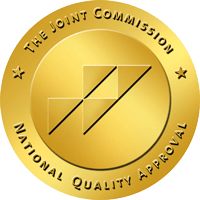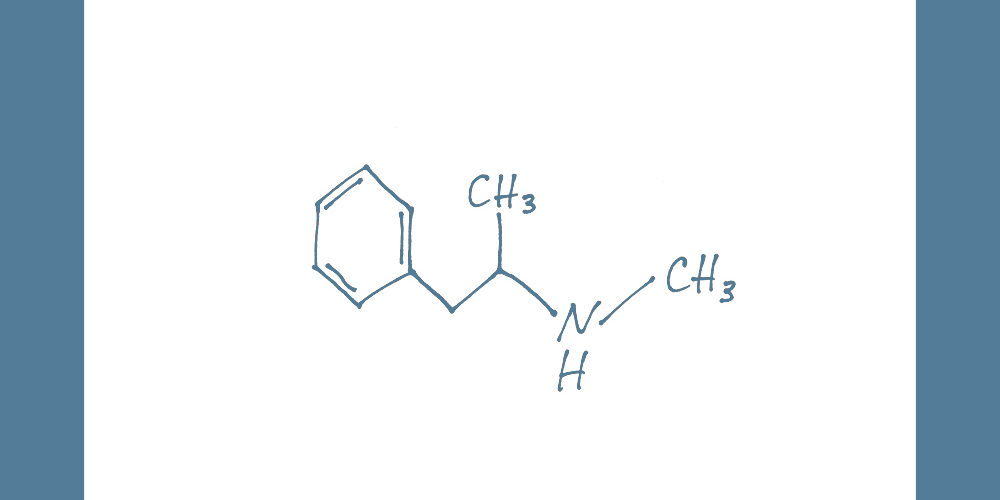Methamphetamine is a fast-acting, potent synthetic stimulant. Even small doses can cause short-term effects like hyperactivity, decreased appetite, irregular heartbeat and elevated blood pressure. Over time, meth use can lead to many potentially severe health risks and complications, including toxicity.
The Dangerous Effects of Methamphetamine
Meth is different from many other stimulants because dealers manufacture it in labs. In addition to its base ingredient of pseudoephedrine, a batch of methamphetamine may contain poisonous additives like battery acid, drain cleaner, lighter fuel and antifreeze, making its purity impossible to judge. That’s why even a single use of methamphetamine can be dangerous and unpredictable.
Meth creates a potent high that acts upon the brain’s reward center, causing a rapid progression from tolerance to dependence and addiction. Typical side effects of methamphetamine use include a racing heart rate, chest pains, paranoia, irritability, hallucinations, muscle spasms and repetitive behavior like skin picking.
Characteristics of Meth Toxicity
Meth can remain active and unchanged in the brain and body for long periods. When this happens, a drug overdose becomes increasingly likely with each use.
Acute meth toxicity can be life-threatening and requires emergency medical attention due to health issues like these.
- Rapid heart rate: Meth use causes the heart to pump much harder and faster than it usually would. Any heart rate over 100 beats per minute is tachycardia, which might lead to heart failure, stroke or sudden cardiac death.
- High body temperature: Like all stimulants, methamphetamine also increases a person’s body temperature to abnormal levels. Using meth can cause a potentially fatal condition called hyperthermia.
- Heart attack: Someone who regularly abuses meth puts themselves at risk for a heart attack with every use, especially if they have an existing cardiovascular condition.
- Brain damage: Meth toxicity can decrease the number of neurons in the brain and central nervous system, and in some cases, this loss is permanent. Irreversible brain damage may lead to problems with memory, decision-making and overall cognitive function.
Warning Signs of a Meth Overdose
In 2020, more than 23,000 people died from overdoses involving meth and other psychostimulants, according to data from the CDC and NIH. If someone you love uses methamphetamine, you should familiarize yourself with the following red flags of an overdose. By thinking quickly and immediately calling 911, you can save a life.
- Chest pain
- Breathing difficulties
- Confusion
- Nausea and vomiting
- Hallucinations
- Aggressive behavior
- Extreme paranoia
- Loss of consciousness
- Tremors and convulsions
Southern California Meth Abuse Treatment
Getting clean and sober from meth is challenging, but achieving lasting sobriety and freedom from drug abuse is worth the effort. At Pillars Recovery, we offer two beautiful facilities for men and women to start their recovery journey surrounded by support and compassion.
We have firsthand experience with the pain and isolation of addiction because we’ve been there ourselves. Our mission is to help young adults realize their full potential, and we are here to help you when you’re ready to break the self-destructive cycle. Contact us today to learn more about how we can help with every facet of your treatment.







